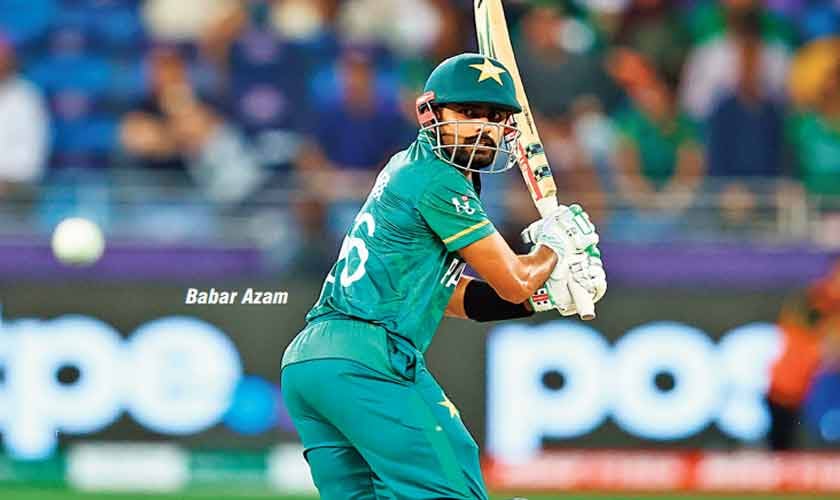Every successful cricket team needs an iconic figure to rally behind—someone who embodies leadership, skill, and inspiration. When Pakistan cricket had such figures, the team consistently thrived. Historically, each decade was defined by at least one big name: Kardar in the 1950s, Hanif Mohammad in the 1960s, Zaheer Abbas in the 1970s, Imran Khan in the 1980s, Wasim Akram in the 1990s, Inzamam-ul-Haq in the 2000s, Misbah-ul-Haq in the 2010s, and Babar Azam in the 2020s.
The current absence of such a unifying presence has left a vacuum that is both technical and psychological. Pakistan cricket today finds itself at a critical low. This decline isn’t merely a matter of form but stems from deeper issues—technical inadequacies, poor game awareness, lack of intellectual discipline, and the deterioration of domestic cricket infrastructure. The abrupt phasing out of experienced players has only exacerbated the crisis.
In such turbulent times, rebuilding must be thoughtful—not reactionary. Overhauling an entire squad without retaining a core of experienced players is not progress; it’s regression. Cricket is not merely about raw skill; it is equally about temperament, game awareness, decision-making, and the ability to withstand pressure—qualities that only years in the middle can impart.
There must always remain one or two seasoned campaigners who act as pivots—veterans from whom younger players can draw wisdom. Their value extends beyond personal performance. They serve as mentors—on and off the field—to the emerging generation. Young players benefit immensely from sharing the crease and dressing room with battle-hardened veterans.
This transfer of knowledge, temperament, and situational awareness is something that cannot be replicated in net sessions or theory classes. It must be absorbed through lived experience. Cricketing history is replete with examples that reinforce this truth.
Virender Sehwag blossomed under Sachin Tendulkar’s guidance. India’s current stars refined their game by observing and learning from Virat Kohli and Rohit Sharma. Mohammad Yousuf elevated his craft alongside Saeed Anwar and Inzamam-ul-Haq. Kumar Sangakkara and Mahela Jayawardene formed not only a batting duo but a legacy of shared wisdom that uplifted Sri Lankan cricket.
These players didn’t just coexist—they sharpened each other through collective insight.
For Pakistan, Babar Azam and Muhammad Rizwan now play that pivotal role. Both have featured prominently in global T20 rankings and carried the team through challenging phases. But more importantly, they provide structure, stability, and calmness under pressure—qualities that younger players can emulate.
In high-stakes situations, inexperienced cricketers often falter—not for lack of talent, but due to lack of exposure. Seasoned players help bridge that gap. They guide juniors in subtle yet decisive aspects of the game: when to rotate strike, when to consolidate, how to handle quality spells, and when to shift gears.
For instance, if an opposition’s best pacer has one over left, a senior might advise his partner to simply play him out and attack the next bowler instead. Such nuanced game sense is cultivated only through experience—and passed down through mentorship.
Therefore, retaining senior figures like Babar and Rizwan is not a luxury—it’s a necessity. They are more than star batters; they are guardians of cricketing wisdom. Their presence ensures continuity and facilitates a smoother transition for younger players stepping into the limelight.
Players like Saim Ayub, for example, statistically perform better when partnered with Babar, indicating the impact of senior influence on performance.
Ultimately, the formula for long-term success isn’t just youth or experience—it’s the synergy between the two. The most successful teams maintain a healthy equilibrium, combining the energy of new talent with the composure and insight of proven leaders.
https://www.thenews.com.pk/tns/detail/1346811-the-void-of-icon-and-experience


